50+ Puppy Contracts
-
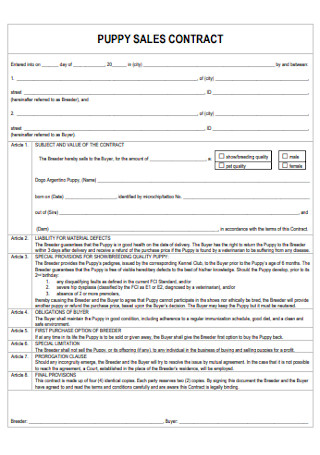
Puppy Sales Contract
download now -
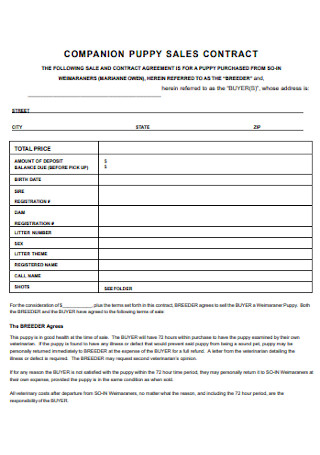
Companion Puppy Sales Contract
download now -
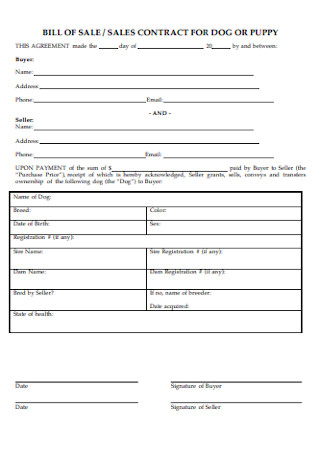
Dog or Puppy Contract
download now -
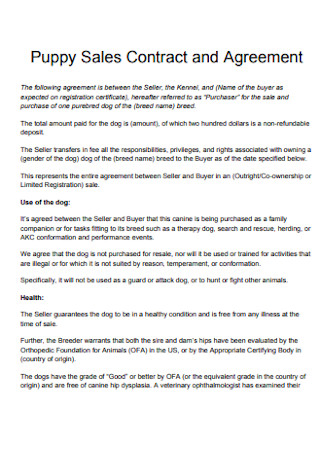
Puppy Sales Contract and Agreement
download now -
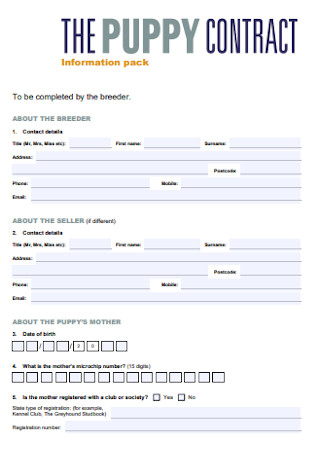
Sample Puppy Contract
download now -

Dog Purchase Contract
download now -

Health Guarantee and Puppy Contract
download now -
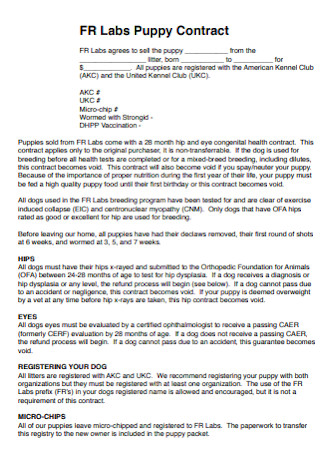
Labs Puppy Contract
download now -
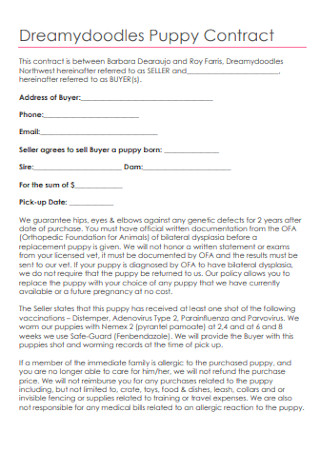
Dreamydoodles Puppy Contract
download now -
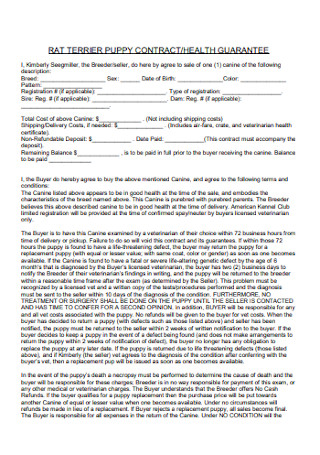
Rat Terrier Puppy Contract
download now -
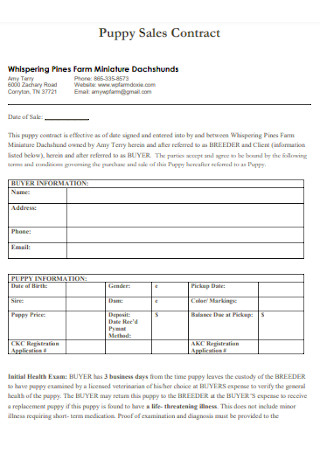
Puppy Sales Contract Template
download now -
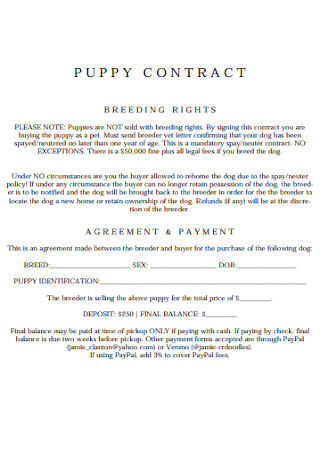
Puppy Payment Contract
download now -
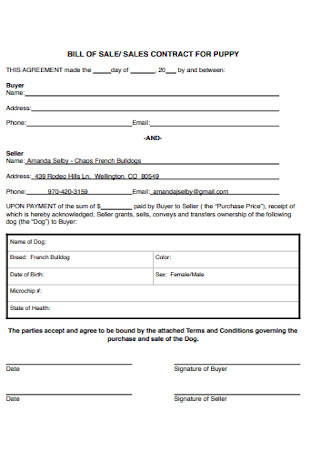
Sales Contract for Puppy
download now -
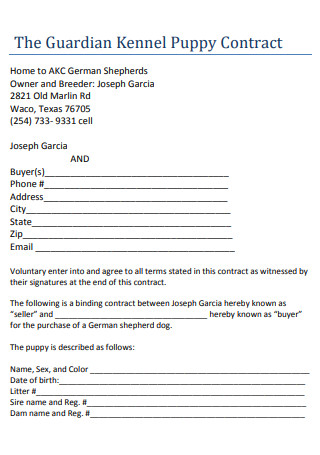
Guardian Kennel Puppy Contract
download now -
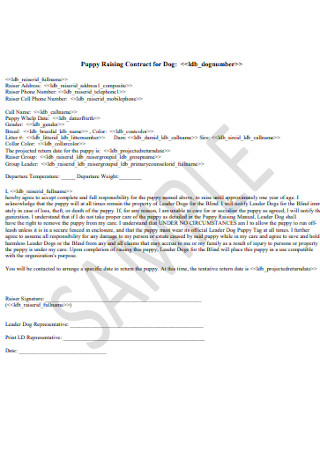
Puppy Raising Contract for Dog
download now -
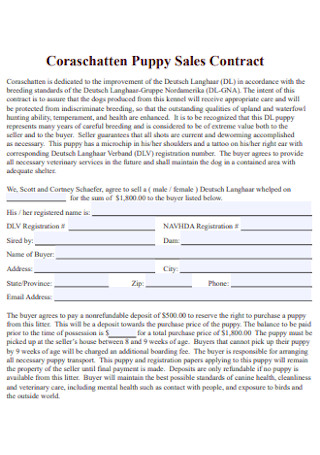
Coraschatten Puppy Sales Contract
download now -
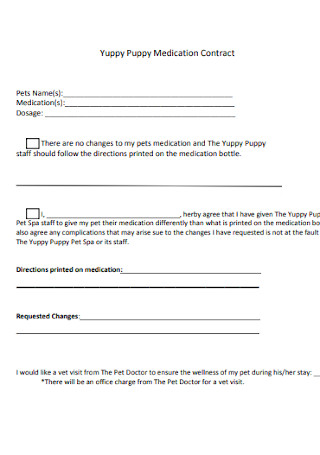
Yuppy Puppy Medication Contract
download now -
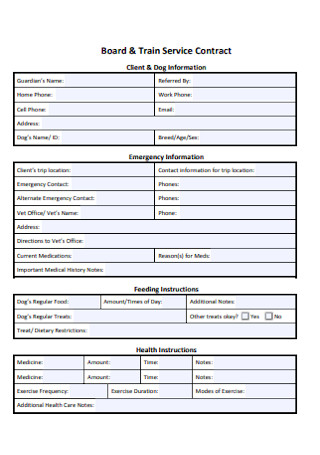
Dog Train Service Contract
download now -
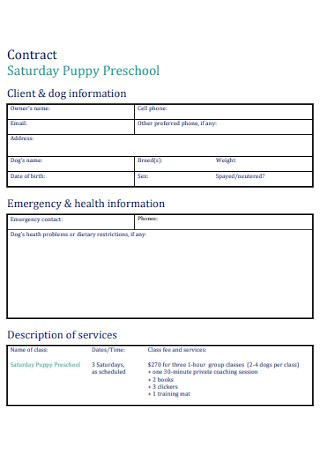
Puppy Preschool Contract
download now -
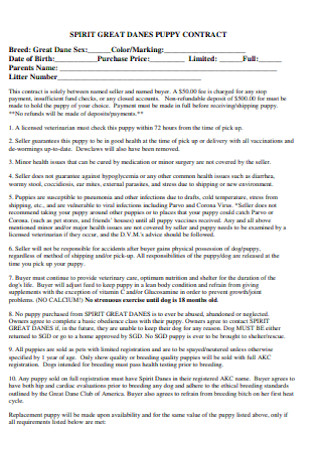
Spirit Great Puppy Contract
download now -
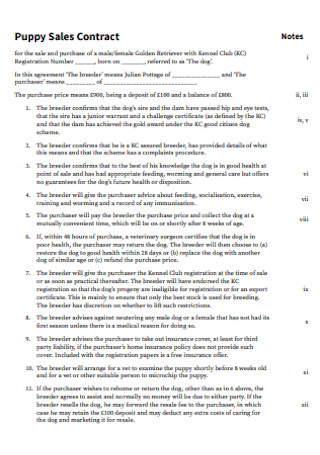
Sample Puppy Sales Contract
download now -
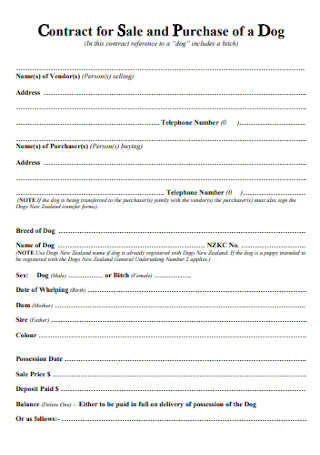
Contract for Sale and Purchase of a Dog
download now -

Puppy Pre-Purchase Deposit Contract
download now -
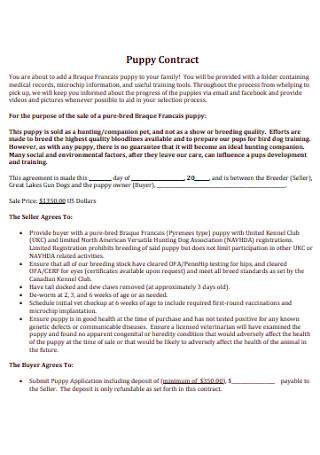
Simple Puppy Contract
download now -
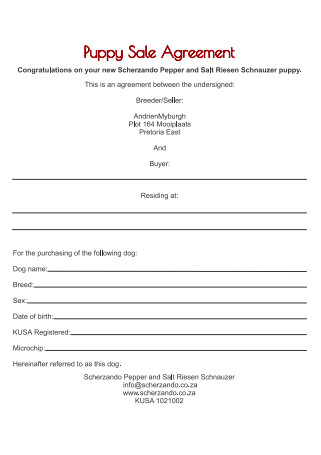
Formal Puppy Sale Contract
download now -
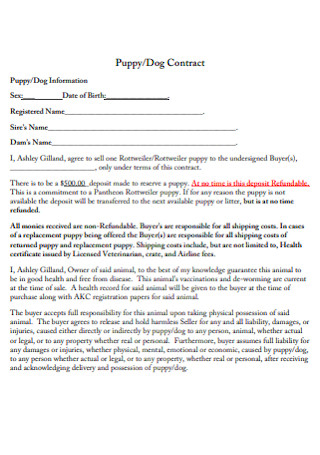
Puppy and Dog Contract
download now -
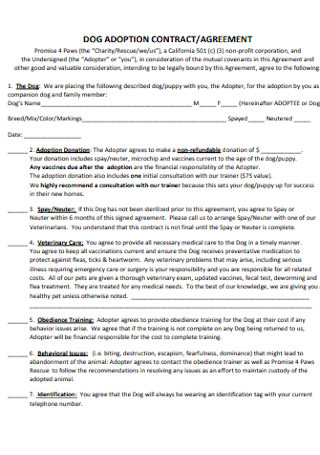
Dog Adoption Contract
download now -
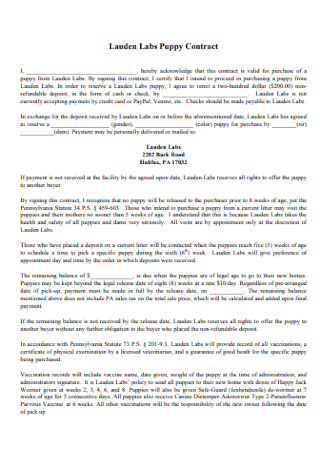
Lauden Labs Puppy Contract
download now -
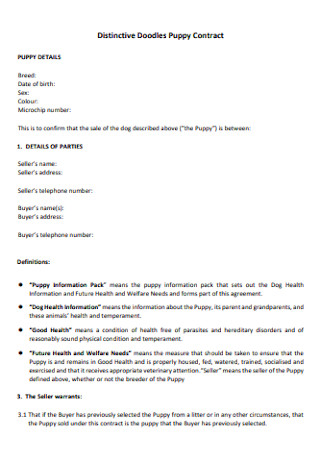
Distinctive Doodles Puppy Contract
download now -
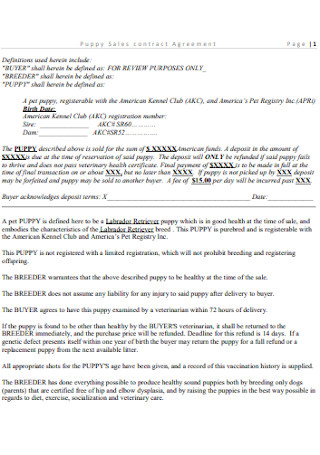
Puppy Sales Contract Agreement
download now -
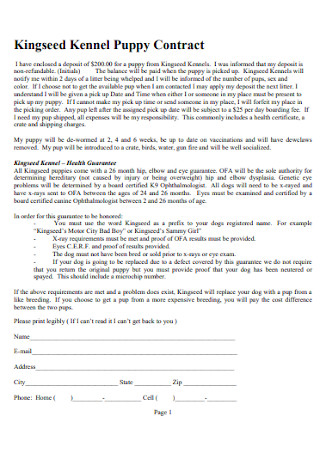
Kingseed Kennel Puppy Contract
download now -
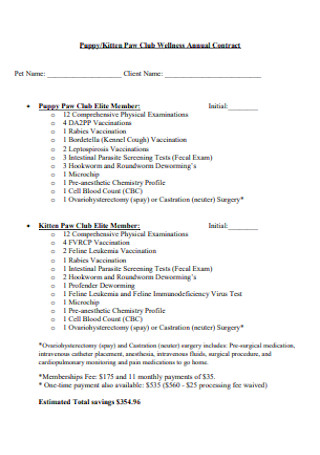
Puppy Club Wellness Annual Contract
download now -
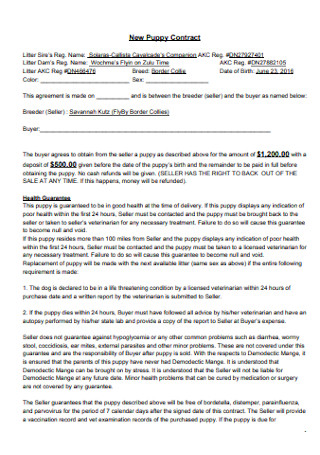
New Puppy Contract
download now -
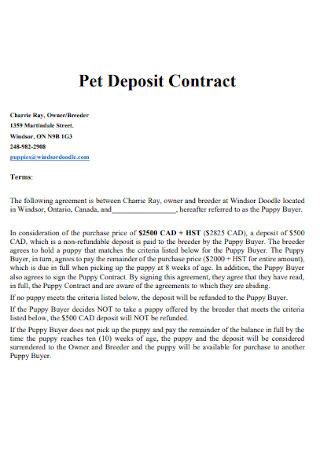
Pet Deposit Contract
download now -
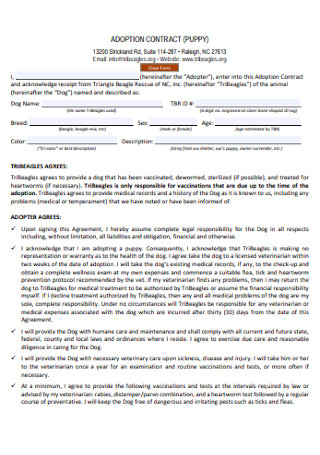
Basic Puppy Adption Contract
download now -
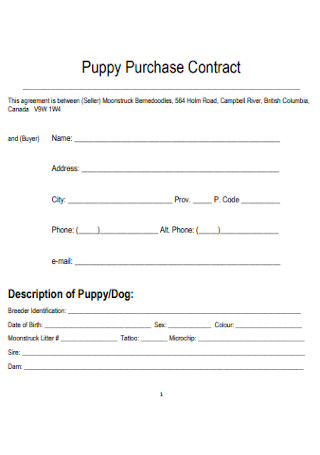
Puppy Purchase Contract Template
download now -
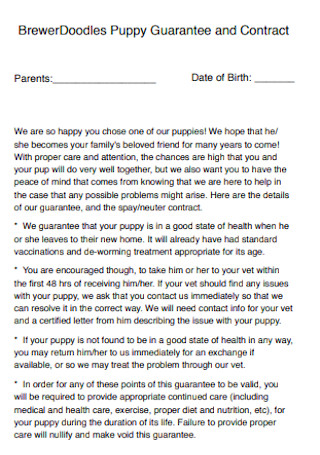
Puppy Guarantee and Contract
download now -
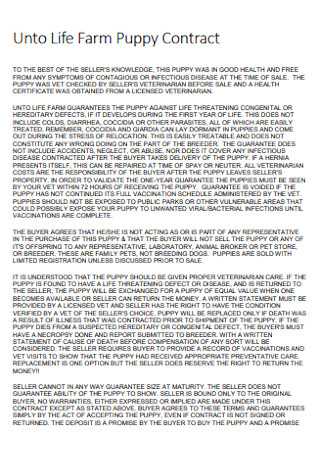
Unto Life Farm Puppy Contract
download now -
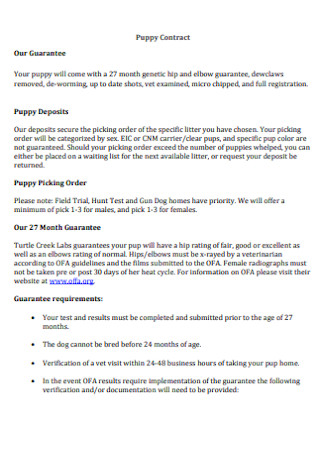
Basic Puppy Contract
download now -
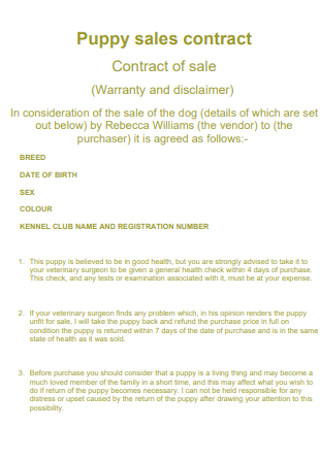
Puppy Sales Contract Format
download now -
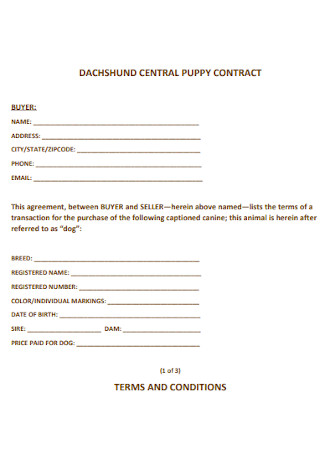
Dachshund Central Puppy Contract
download now -
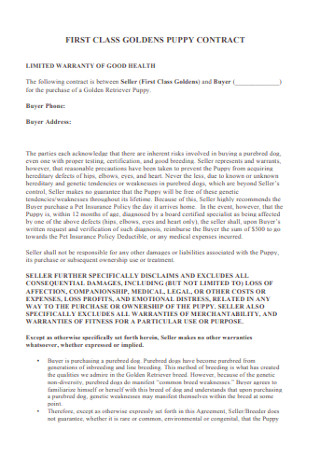
First Class Golden Puppy Contract
download now -
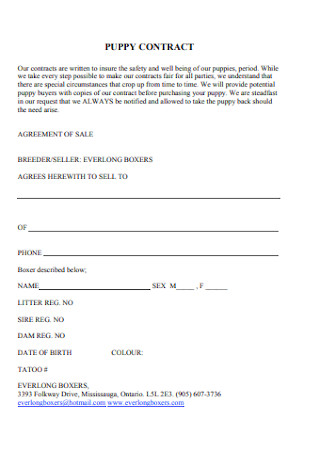
Standard Puppy Contract
download now -
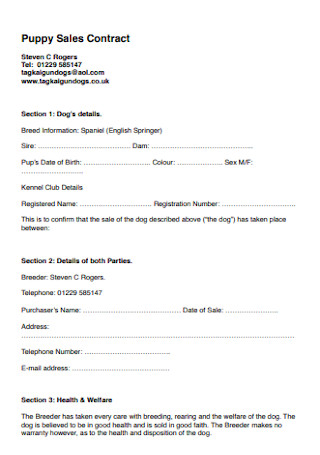
Dogs Puppy Sales Contract
download now -
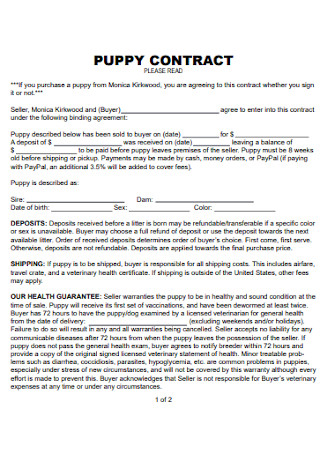
Printable Puppy Contract
download now -
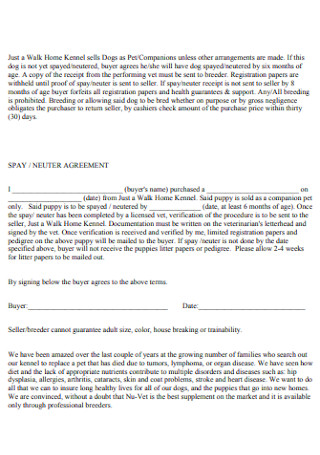
Puppy Buyer Contract
download now -
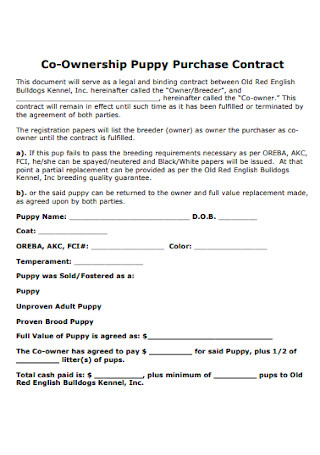
Co-Ownership Puppy Purchase Contract
download now -
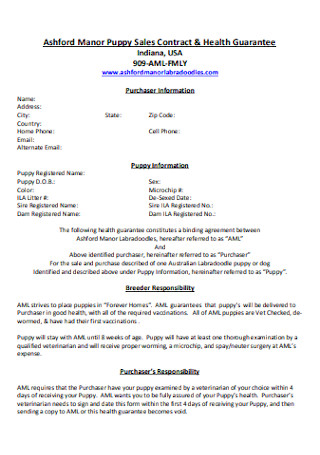
Ashford Manor Puppy Sales Contract
download now -
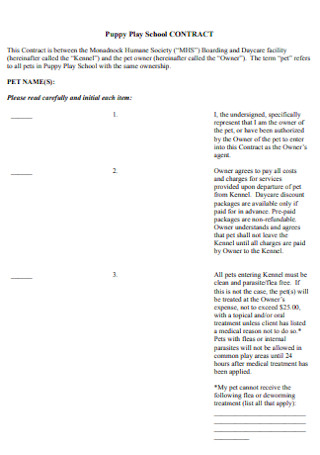
Puppy Play School Contract
download now
FREE Puppy Contract s to Download
50+ Puppy Contracts
What Is a Puppy Contract?
The Components of a Puppy Contract
How to Write a Puppy Contract
FAQs
Why are puppy contracts necessary?
What are the things to do when bringing home a new puppy?
What is the relevance of getting dogs and pets spayed or neutered?
What Is a Puppy Contract?
A puppy contract is a physical means of the mediation of transaction in acquiring a puppy. A pet is a lifetime companion with a lifelong commitment. The owner must ensure that the puppy’s needs are met, including the physical and mental well-being of the animal. Breeders, shelters, and buyers use a puppy contract to settle the terms of an agreement between parties. A puppy contract is a binding agreement between two parties, either between a buyer, a shelter, or a breeder. It details clear expectations of responsibility, medical ability, and financial statements of the buyer. It is also worth noting that no two puppy contracts are the same because no two puppies are alike. Specific parts of the contract are discussed between the parties to reach an agreement. Taking this step is advantageous to the buyer, the breeder, and the shelter.
According to the data gathered by The Humane Society of the United States, the 2019-2020 American Pet Products Association survey estimated 63.4 million households in the United States own at least one dog. Plenty of homes in the United States already have their lifelong companions and additional family members in the form of canines.
The Components of a Puppy Contract
Puppy contracts come in different forms and content depending on the breeder and buyer with varying needs and clauses. Despite this, the contracts have a specific set of information included in it. Knowing the essential parts of the document saves time and ensures accurate and comprehensive data of the buyer, seller, and the puppy. Here are the following components of a puppy contract.
How to Write a Puppy Contract
It is necessary to know that puppy contracts are available in different forms based on the seller and their agreed location. There are plenty of templates or guides a seller can use to create a puppy contract. Remember, there is no perfect contract that exists, and the agreement must suit the needs of both parties. Here are steps in writing a puppy contract.
Step 1: Ensure the Contract Is Easy to Read
Write the contract in terms easily understood by people. Most contracts contain words related to law and specialized professions in the content. As much as possible, do not include extensive language in the document. Translate phrases or terms into understandable language the seller can comprehend clearly. The purpose of the puppy contract is to outline the terms and conditions of the sale. If the buyer cannot discern the contents, they may intend to buy or adopt a puppy from somewhere else.
Step 2: Complete the Details of the Buyer and Seller
The contract needs to be clear about the parties involved in the transaction. The document must contain accurate and complete information about the buyer and the seller. If the breeder or seller asks for identification from the buyer or vice versa, make sure there are supporting documents available. It is also necessary to double-check all information reflected in the contract.
Step 3: List Information Related to the Puppy
Puppy details must list accurate information and representations of the puppy. It must follow that the puppy presented by the seller follows the data listed to ensure the buyer is getting what is in agreement. All contracts contain the dog’s date of birth, breed, gender, sex, and color. Other sections also include the dog’s identification, pedigree, certifications, health, and vaccination records, as well as training records. If the parents of the puppy are still alive and information is available, include them. Pertinent information identifies the unique qualities of the puppy. The seller must incorporate them as well.
Step 4: Identify Additional Agreement Conditions
The additional conditions from the seller include the transaction details. It lists the total price, modes of payment, dues, and processes about the sale. In terms of shows dogs or specialized dog breeds, there is a creation of a lean agreement. The parties must also agree on a mode of transport from the kennel or shelter. As much as possible, pick-ups are the most reliable way to get the puppy. The contract also indicates return policies and rehoming clauses when the seller and the buyer agree on the terms.
Step 5: Finalizing the Contract
Make sure both parties reread the contract before signing their names in the document. It is essential to make necessary adjustments if there are misunderstandings or vague statements. In finalizing the contract, both parties must sign and date the agreement to authorize the document and make it legal and official. Both parties must obtain a hard copy of the contract after the settlement of the transaction.
FAQs
Why are puppy contracts necessary?
Puppy contracts are necessary for all legal agreements concerning adoption or acquisition from a shelter of a breeder. The document protects the new owner, the breeder, and the new puppy. It holds information that the puppy is healthy and that the owner provides a safe, healthy, and nurturing home. It also allows the pet owners to understand the responsibilities that come with taking care of a puppy. It also serves as a legal and binding document for the shelter or breeder that the puppies are getting adopted and will live their best lives. The contracts also help protect the buyer and the seller from any negative actions made by the other party.
What are the things to do when bringing home a new puppy?
Extensive research about the basics of pet ownership and pet care before acquiring a puppy is essential to any potential pet owner. There are several things to consider after sufficient research. First, ensure the puppy has a safe living environment and sleeping arrangements. A puppy must have a safe space in your home to aid in settling and adjusting to the new environment. Make sure there is reinforcement on any object or surface that has the potential to cause harm to the puppy. Provide safe toys for the puppy as well. Keep in mind to toilet train the new puppy. The most effective and efficient way to train a puppy is to use positive reinforcement. Allow the pup to recognize the area of the bathroom, then present a reward or treat. Visit the veterinarian to update any medical records. Puppies must undergo the observation of a licensed veterinarian to ensure the puppy is healthy. Since puppies are vulnerable to many diseases that may cause fatalities, guarantee the pup has all relevant vaccinations to prevent any infection. The vet also offers other prescriptions like deworming and flea treatments. The puppy must also experience training and socialization activities. Allowing the puppy to experience these activities proves to be beneficial in their behavioral growth. Providing plenty of opportunities to interact in various activities and different environments, the puppy grows into a well-developed adult relating to other people and animals. It is relevant to place attention on exercise and nutrition. Providing proper exercise and nutrition helps puppies to grow healthy and not suffer fatal complications. Finally, take time and effort to ensure the pup grows without separation anxiety.
What is the relevance of getting dogs and pets spayed or neutered?
One of the essential decisions you must make as a pet owner is to have your pets spayed or neutered. Altered or sterilized pets are less likely to show aggressive behavior and lessen involvement in accidents or fights with other animals. It also reduces the risk of pets suffering certain types of diseases like cancer. Having dogs spayed or neutered also diminishes unwanted behaviors like urine-marking. Urine-marking enables dogs to be territorial and aggressive. It also alleviates excessive barking and mounting activities when in heat. In the long term, having pets spayed or neutered saves costly surgeries and medications. Perhaps one of the fundamental reasons owners opt to sterilize their pets is to prevent overpopulation, especially for stray animals. Small-breed dogs must undergo sterilization between five to six months of age. For large-breed dogs, the recommended time of sterilization is between 9 to 15 months of age.
Taking care of a puppy is not as easy as it looks in the movies. They are living creatures that need utmost care and affection, like any other. Properly caring for a puppy is a form of commitment that requires understanding and patience. Securing a puppy contract helps an owner understand the pup’s information and the proper ways of nurturing. Signing a puppy contract promises dedication to ensuring the puppy lives their best life is a commitment an owner. From the saying of King Frederick of Prussia in the 1700s, “The only, absolute and best friend that a man has, in this selfish world, the only one that will not betray or deny him, is his DOG.” The more modern version of the saying is “A dog is a man’s best friend.”. There is nothing a dog won’t do for its owner when there is love, patience, and care involved as they grow. Find the puppy contract templates from above and allow people to enjoy their years with a companion showing unconditional love.
